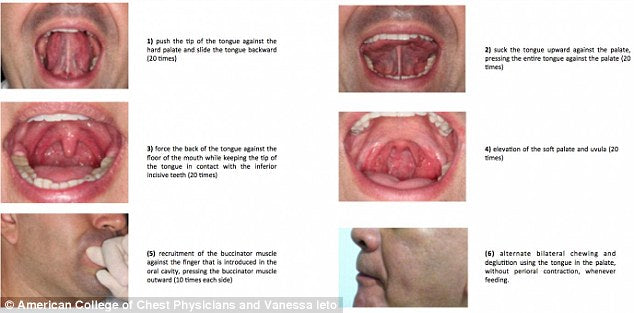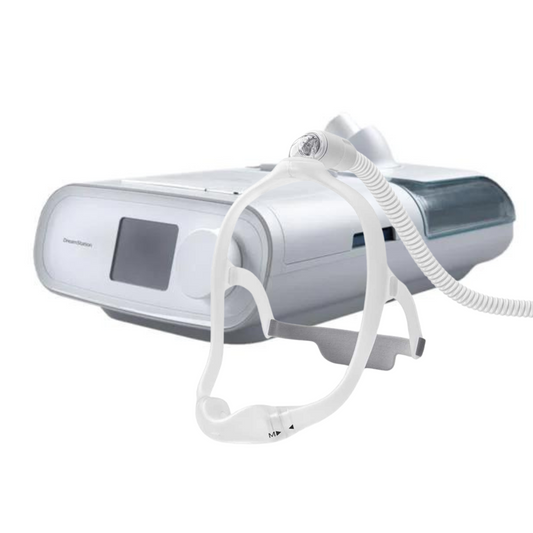The tongue is a muscle and like all muscles, relaxes while a person sleeps. The tongue plays an important role in breathing and even while relaxed should not pose as a problem as long as its size is normal. However, when a large tongue relaxes during sleep, it has the tendency to collapse and fall back down to one’s throat. This occurrence can lead to episodes of obstructive sleep apnoea (OSA) which can prove to be dangerous to a person’s health and subsequently, life.
There are actually tongue exercises one can do to lessen the negative effect of OSA. A study done by the American Journal of Respiratory and Clinical Care Medicine indicated that OSA patients who did throat and tongue exercises showed a decrease in neck circumference, slept better as they snored less and attained a 39% reduction of their sleep disorder.
Large Tongue
One must first determine if he has a larger tongue or not. If the mouth is wide open and the tongue stuck out to its maximum, the soft palate and uvula should be visible. If the uvula is covered by the tongue, then Its size is definitely more than the normal size. Some people have indentations at the sides of their tongues which are teeth mark on a larger tongue.
If snoring or apnoea episodes are due to the collapse of the tongue at the back of the throat, there are exercises that can help alleviate this concern. However, if the apnoea is due to central sleep apnoea or obesity, swollen tonsil or deviated septum, the tongue exercised will not be of much help. It is therefore important that prior consultation with a sleep specialist is necessary to determine the cause of snoring or apnoea episodes.
Tongue Exercises
Exercise 1- Say “door” to easily position the tongue on the upper alveolar ridge behind the teeth, on the soft palate. Leave the tongue in this position for 5 minutes, swallowing as needed.
Exercise 2 – Position the tongue on the same spot and make a clicking sound “tsk, tsk” for several minutes.
Exercise 3 - This exercise is a bit hard to do. Anchor your tongue your teeth lightly then try to swallow five times. This exercise should be done five times a day

Exercise 4 – Sit up straight with your head and chin tucked in, and mouth closed as you look ahead. Position the tip of your tongue behind your teeth as you slowly raise your chin upwards. As you continue to tilt your chin in the direction of the ceiling, slide your tongue from the front of the teeth to the back of the mouth and vice-versa, making sure that the pressure of your tongue on the palate is maintained. Revert to the initial position and repeat this exercise at least 10 times in each sitting. This exercise will strengthen and increase the neck muscle tone. Repeat this exercise 10 times daily.
Exercise 5 – Get a pen or pencil and clinch it between your teeth. Hold this position for at least 10 minutes before going to bed. This exercise will strengthen the jaws.
Exercise 6 – Chew a gum before going to bed, doing so until the jaw is tender. This will tighten the muscles that open and close the mouth.
There exercises may seem difficult at first, with time and practice, these exercises will come naturally.
Find a clinic or call us now for a consultation 1300 750 006.






























